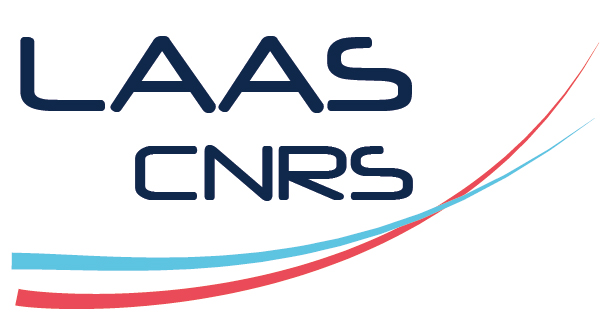Some selected in situ characterization tools for MBE growth and their complementarity
Résumé
Measuring the key parameters of a growing layer is a means of obtaining information on dynamic phenomena that ex situ growth characterization cannot access to. In a more pragmatic way, they allow to optimize the growth of layer stacks, or at least help to grow them successfully. Some tools or techniques are well established in the MBE community, such as RHEED, or reflectivity for example. But atomic absorption, band gap inferred temperature or curvature are much less used, despite the richness of information they also provide.
Among complex structures, Vertical-Cavity Surface-Emitting Lasers (VCSELs) are one of the trickiest to grow as they require an almost perfect control of layers thicknesses and alloy concentrations in order to tune the quantum wells emitting wavelength to the cavity optical properties and obtain the lasing effect. Furthermore, their long growth require either stable fluxes during several hours or in situ control and direct feedback to correct any drift or misadjustment of effusion cells fluxes. VCSELs are widely grown by MOCVD as the demand for such structures has been increasing in recent years, and most of the published work concern this elaboration technique [1]. However, MBE growth chambers allow the simultaneous use of numerous instruments and we will show how they can be used synchronously and how their complementarity can be exploited.
We will present some of the in situ characterization tools that are developed and used at LAAS on our III-V MBE growth chambers, and will show through some examples how the information they give during growth help understanding growth phenomena or grow complex structures.
Domaines
Matière Condensée [cond-mat]| Origine | Fichiers produits par l'(les) auteur(s) |
|---|

